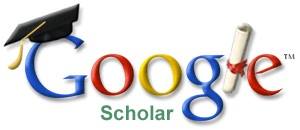Evaluation of Social Services Information System using DeLone & McLean IS Success Model
Abstract
Purpose—Social service organizations help disadvantaged people but face challenges managing increasing data. Manual tasks like searching files and updating paperwork are time-consuming, causing delays and reducing support quality. Report generation is also difficult without a centralized database.
Method—This applied research used a systems design approach to develop the Social Services Information System (SSIS) for a private social service organization. The system digitizes workflows, automates client profiling, and ensures secure, centralized data access. Its effectiveness was assessed using a quantitative method. Fifty purposively selected respondents—health workers, social workers, and internal staff—completed a survey based on the DeLone & McLean IS Success Model.
Results—The analysis showed positive results across all Delone and McLean IS Success Model dimensions, with a total mean of 4.34 and a standard deviation of 0.62.
Conclusion—Working with social and health workers to change their processes is a valuable challenge and learning opportunity for IS researchers. The SSIS was effective, reliable, and user-friendly, improving communication and productivity for social workers, medical staff, and internal personnel.
Recommendations—The system helps users provide better services, make informed decisions, and improve client outcomes. It streamlines workflows, reduces administrative work, and boosts the organization’s overall effectiveness. Systems are valuable only when properly used, maintained, and regularly updated.
Research Implications—IS researchers had the opportunity to work with an NGO with limited IT resources. Future projects should focus on community impact. Data security and governance are essential to protecting sensitive information. Researchers should also use the Delone and McLean IS Success Model to evaluate their solutions' organizational impact.
This is an Open Access article distributed under the terms of the Creative Commons Attribution License (http://creativecommons.org/licenses/by/4.0), which permits unrestricted use, distribution, and reproduction in any medium, provided the original work is properly credited.










